28-29/11/2017, Jodhpur + Ranakpur (India)
A mighty fort that towers over a stretch of Brahmin blue rooftops, hundreds little mountains of multihued spices, a tangle maze of uphill and downhill narrow alleys, where, between markets, cows, dogs and wedding parades it is simply impossible to keep track of where you came from. What sounds like a picturesque fairytale does actually exist and it’s called Jodhpur.
Out of all the places we had planned to visit in India, Jodhpur was doubtlessly the one I was most curious about. With only one afternoon and an early morning on our hands, we knew that we had to rush things. But one thing at a time.
JODHPUR (Day 10-11)
After a quite pathetic and rushed breakfast at the desert camp, me and Isa got rid of the extra layers of clothes that had saved us from the previous night’s temperature drop, decided to skip showering (both for pragmatic and ethical reasons) and left the Khuri Desert.
We reached Jodhpur after a five hours drive, regularly interrupted by herds of goats and Raam’s sneaky attempts to make our plans change. Basically nothing new.
Right on top of a massive rocky hill, enclosed by imposing thick walls, Mehrangarh, one of the largest forts in the country, served as our first destination. For the first time since we arrived in India, the audio guides that we got given didn’t talk nonsense and we finally had the tools to connect a few dots about Rajasthani history. Better late than never! The fort itself, with its lavish palaces, state of the art carvings and impressive collection of golden palanquins turned out to be an actual marvel. But what left me completely speechless was the view on the blue city: the light was bright and ethereal, the ramparts, apart from me and Isa, were empty, and the noise from the city could be heard in the distance. It really felt as we could contemplate the view from a heavenly dreamlike spot, where time seemed to be running in slow motion. Quite the same feeling I had in Rio de Janeiro, while I marvelled at the city from the Christ.
What came after, when we got dropped right next to Ghanta Ghar, the city’s clock tower, was precisely the opposite of heavenly! Plunging in the mess that characterises a chaotic Indian big city is a matter of seconds: just the time to close your car’s doors and it relentlessly hit you like a sucker punch. No matter how prepared for it you are.
Once more, slightly overwhelmed, we explored the commercial centre of Jodhpur, walked off the beaten track to find the less touristic corners of the spice market and chatted with a few sellers, asking about exotic looking roots and previously never-encountered spices.
While dusk fell, me and Isa got busy spending something like 50 euro in spices @ MV spices, the most renowned spice shop in Jodhpur. God knows what happened to our brains in that moment, as if another day without chilli, curcuma and coriander powder wasn’t simply worth living!
That night’s accommodation, Singhvi’s haveli, a heritage guest house in traditional Rajasthani style, right at the feet of Mehrangarh, in the heart of Navchokiya, the labyrinthine blue coloured western district, has to be another one of my favourites. We reached it on board of a tuk-tuk, after a crazy ride along the old town’s narrow alleys, made even more narrow by the items showcased outside of the artisans and merchants neon-lit little shops. We had to zigzag through several loud and multihued wedding parades. I wished I could freeze time in that moment just to savour every bit of that buzzing and charming show.
Even that night, as it had happened before and would happen in the days to come, we got upgraded to a suite, that, with its antique heirlooms, precious furniture, paintings and carpets, seemed to be completely out of time. Yet in a very sophisticated way.
We finally showered (still have a brilliant memory of that moment), to then have dinner on the terrace facing the inner court. This time around our feast consisted of: palak paneer (my absolute favourite Indian speciality: a creamy mix of spinach leaves, cottage cheese, garlic, herbs and spices), masala butter paneer, Rajasthani rice, cheese and garlic naan, saffron and cardamom lassi for me, dry fruit lassi for Isa. The rest of the evening was spent exploring the zen common areas of the haveli and planning the days ahead of us. Right before going to bed, we climbed up to the rooftop for a breathtaking view of the majestic Mehrangarh and lingered there in the chilly night air for a few minutes. Upbeat Bollywood tunes and the metallic sound of trumpets could be heard resonating. It was the wedding season, after all.
—
Never was an early bird, and definitely never will be, BUT, every time I forced myself to leave the comfort of my warm sheets before I actually had to, I never regretted it. There was no possible way we could leave Jodhpur without getting a feel of its trademark blue alleys. And doing it a dawn, while the city slowly comes to life, was probably the best decision.
Kids yawning and waving in our directions from their windows, teenagers singing in the shower while getting ready for school, smell of spices and fried oil mixed with the scent of fresh votive flowers and stench of sewers and ubiquitous dog and cow poop, scabby puppies chasing your ankles while you’re jumping over a pile of garbage, chants in Hindi echoing from the nearest temples, a long series of amused and surprised faces at the sight of two westerners gingerly snooping around. Everything is tinged with pastel blue, the colour of Brahmins, the highest ranking of the four social castes and surrounded by a surreal, at least for Indian standards, stillness.
After a paratha, pickles and yoghurt based breakfast, we reluctantly left the beloved haveli and, once more, hit the road.
On our way south, the landscape changed completely. what used to be a barren desolation turned into a yellow sea of mustard flowers.
RANAKPUR (day 11)
We made it to Ranakpur Jain Temple, also known as Chaturmukha Dharanavihara, early in the afternoon. Despite a couple of annoyances, including absurd camera fees and monks trying to rip you off when their mantra actually preaches an ethical and spiritual life, based on lack of material attachments, we still couldn’t help feeling mesmerised in front of such beauty. Especially when slowly walking barefooted around its splendid 1444 marble columns.
Don’t worry if you can’t really grasp the principles of Jainism and its life cycles or if you’ve heard the word thirthankaras (the 24 teachers of Jainism) for the very first time just few minutes earlier… Everybody in the temple will still talk to you as if you’ve been familiar with them for your entire existence.
Olympus OM-1, Zuiko 50mm f/1.4, Kodak Gold 200 (35)
LC-Wide, Lomo CN 100/Lomochrome Purple 100-400 (35)



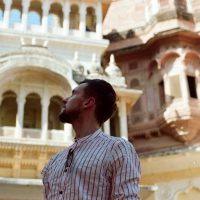
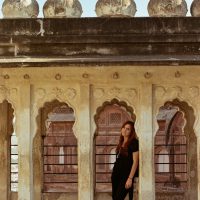
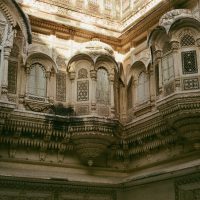

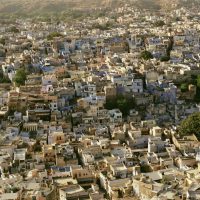

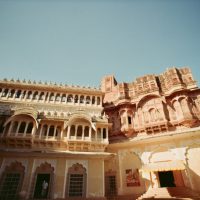
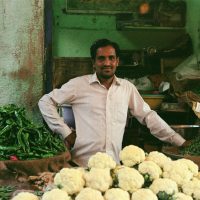
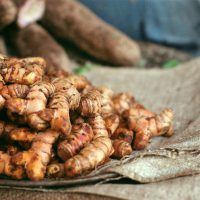
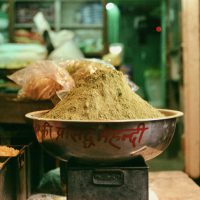
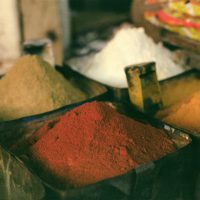

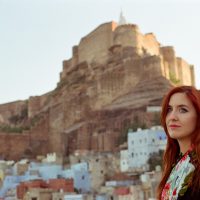

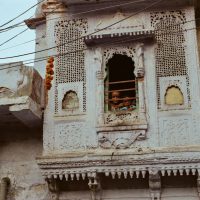

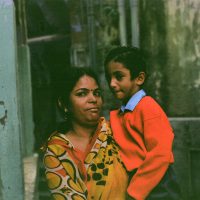

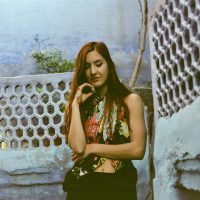


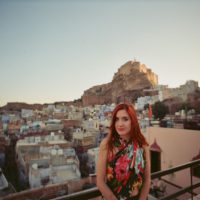
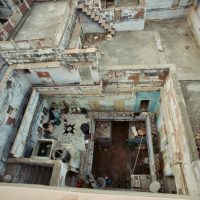


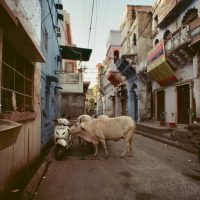
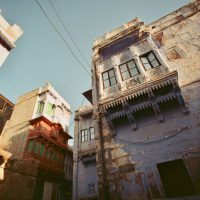
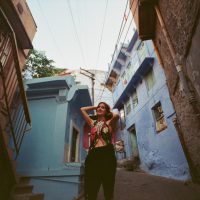
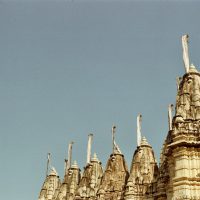



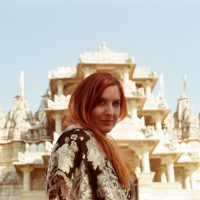
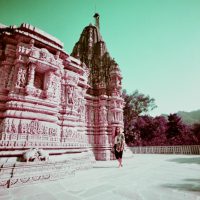
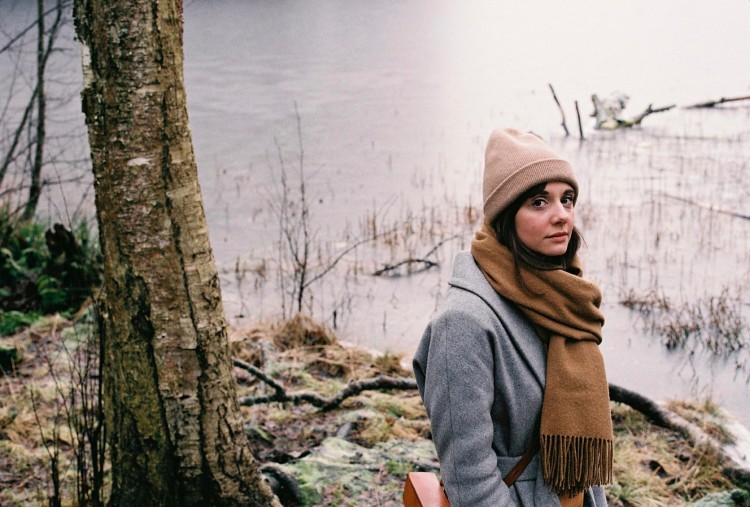

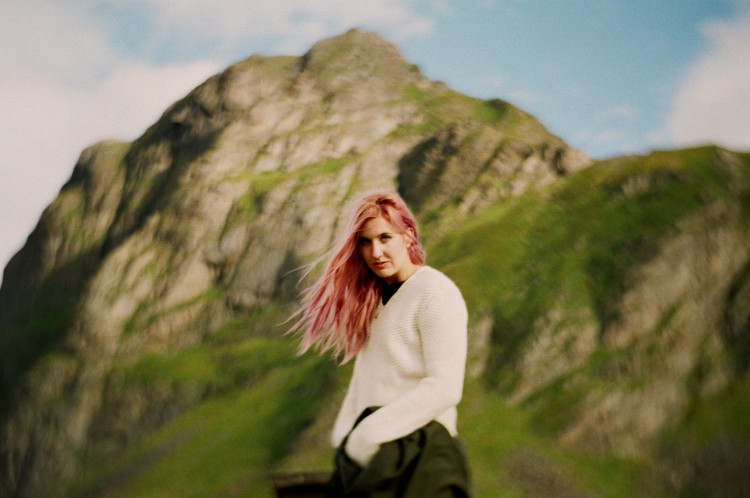
Leave a Reply